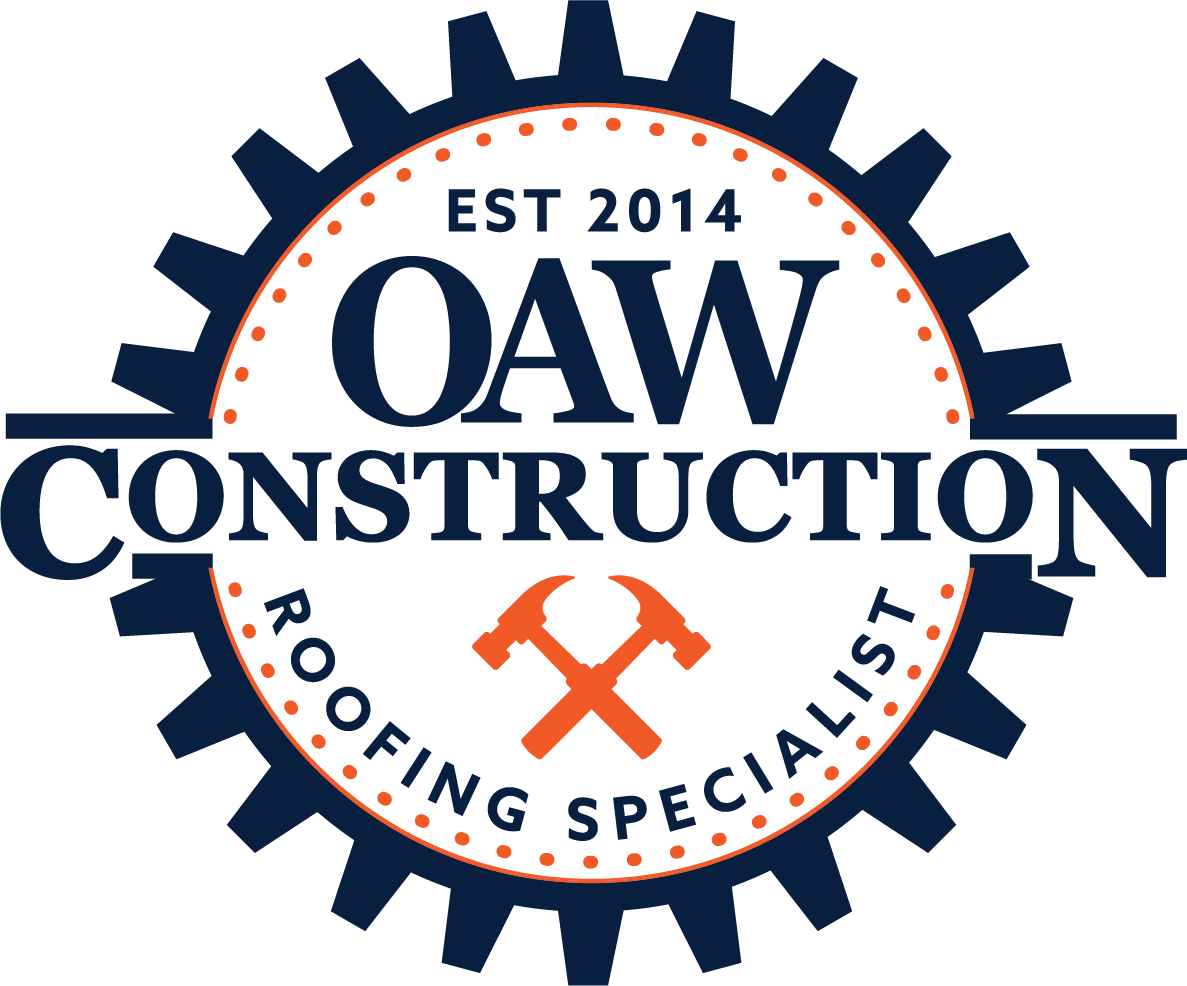
SIDING


Overall, vinyl, composite, and Hardie siding each offer unique benefits and considerations, allowing homeowners to choose the option that best suits their budget, aesthetic preferences, and performance requirements.
VINYL SIDING
Material: Primarily composed of polyvinyl chloride (PVC) resin, vinyl siding is supplemented with additives for color, durability, and flexibility.
Characteristics: Vinyl siding is known for its lightweight nature, affordability, and low maintenance requirements. It is available in various colors and styles, such as horizontal and vertical panels, as well as shakes.
Benefits: Resilient to rot, insect damage, and moisture, vinyl siding is a favored choice among homeowners looking for a long-lasting and cost-effective siding solution. It eliminates the need for painting, although occasional cleaning is advised to preserve its aesthetic appeal.
COMPOSITE SIDING
Material: Composite siding comprises a blend of wood fibers or particles, resins, and other enhancements, sometimes incorporating recycled materials like plastic or cellulose fibers.
Characteristics: Offering an appealing blend of the natural aesthetics and texture of wood with the resilience and minimal upkeep advantages of synthetic materials, composite siding presents in various styles, including lap siding, shakes, and panels.
Benefits: Composite siding boasts strong resistance to rot, decay, and insect harm, while avoiding the common issues associated with natural wood, such as warping, splitting, or cracking. It is available in a diverse array of colors and textures tailored to suit various architectural designs.
HARDIE (FIBER CEMENT) SIDING
Material: Hardie siding, commonly referred to as fiber cement siding, is crafted from a blend of cement, cellulose fibers, sand, and assorted additives. Its moniker pays homage to the renowned James Hardie Building Products company, a leading figure in the production of fiber cement siding.
Characteristics: Emulating the aesthetic of traditional wood siding, Hardie siding showcases an authentic wood grain texture and a palette of natural hues. Renowned for its exceptional durability, fire resistance, and resistance to termites, it is suitable for a wide range of climates and environmental settings.
Benefits: Offering unparalleled longevity and performance, Hardie siding boasts a lifespan of 30 to 50 years or more. Resistant to rot, moisture, hail, and UV exposure, it demands minimal upkeep throughout its life span. Hardie siding is also available in various styles, comprising lap siding, vertical panels, and shingles.
Installation: The installation of Hardie siding necessitates specialized techniques and tools due to its substantial weight and fragile nature. It is commonly affixed to exterior walls using nails or screws while overlapping seams and treated joints create a weather-resistant shield. Professional installation is recommended to ensure the precise positioning and sealing of the siding panels.

Choose OAW Construction for our proven reliability and a solid reputation built on years of delivering quality and trust.
The right builder partner can protect you from unforeseen situations.
PROUDLY SERVING
- Oakland County
- Livingston County
- Macomb County
- Genesee County
Office Hours
- Mon - Fri
- -
- Sat - Sun
- Closed
All Rights Reserved | OAW Construction | Website Design Behind Your Design